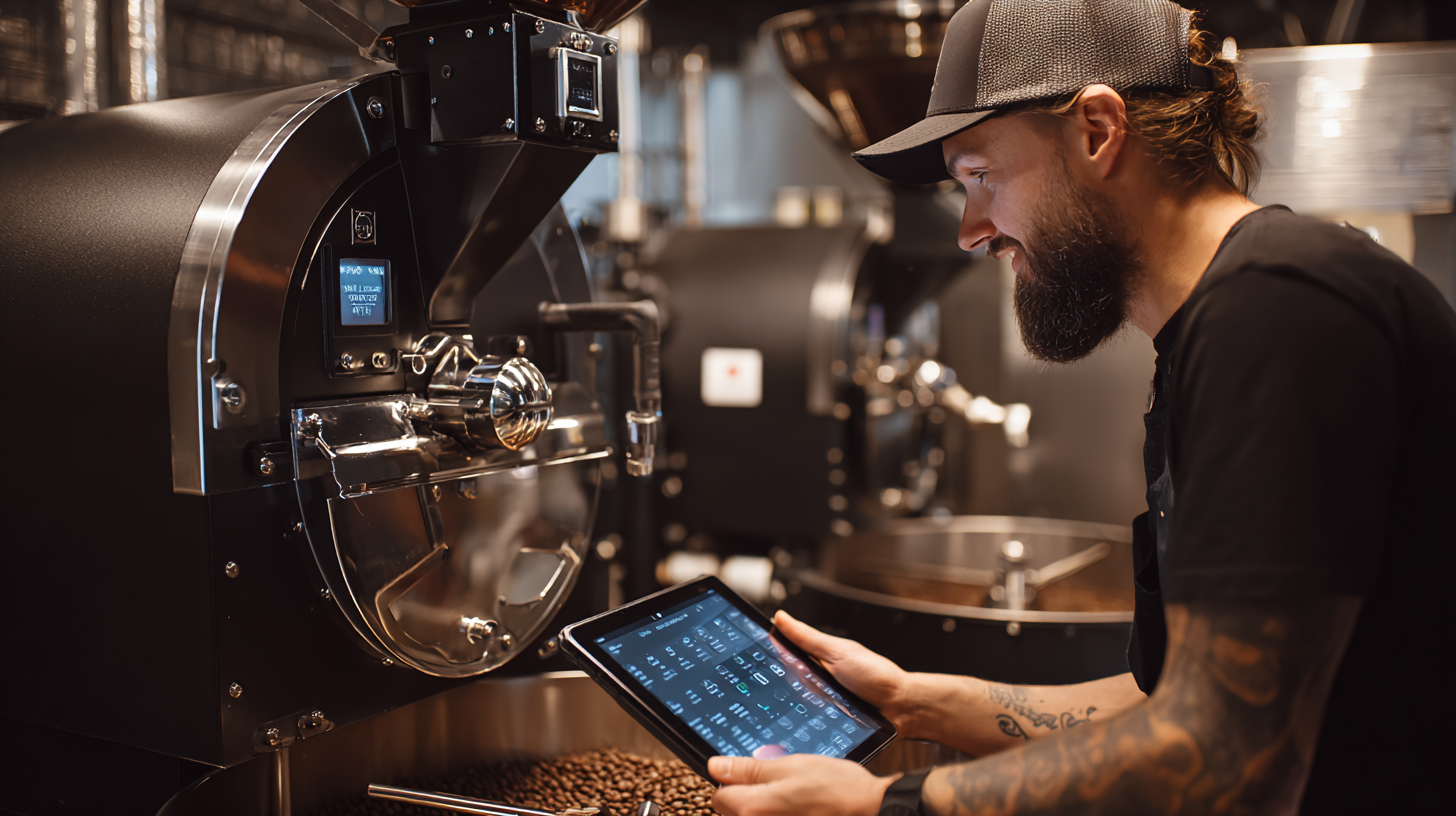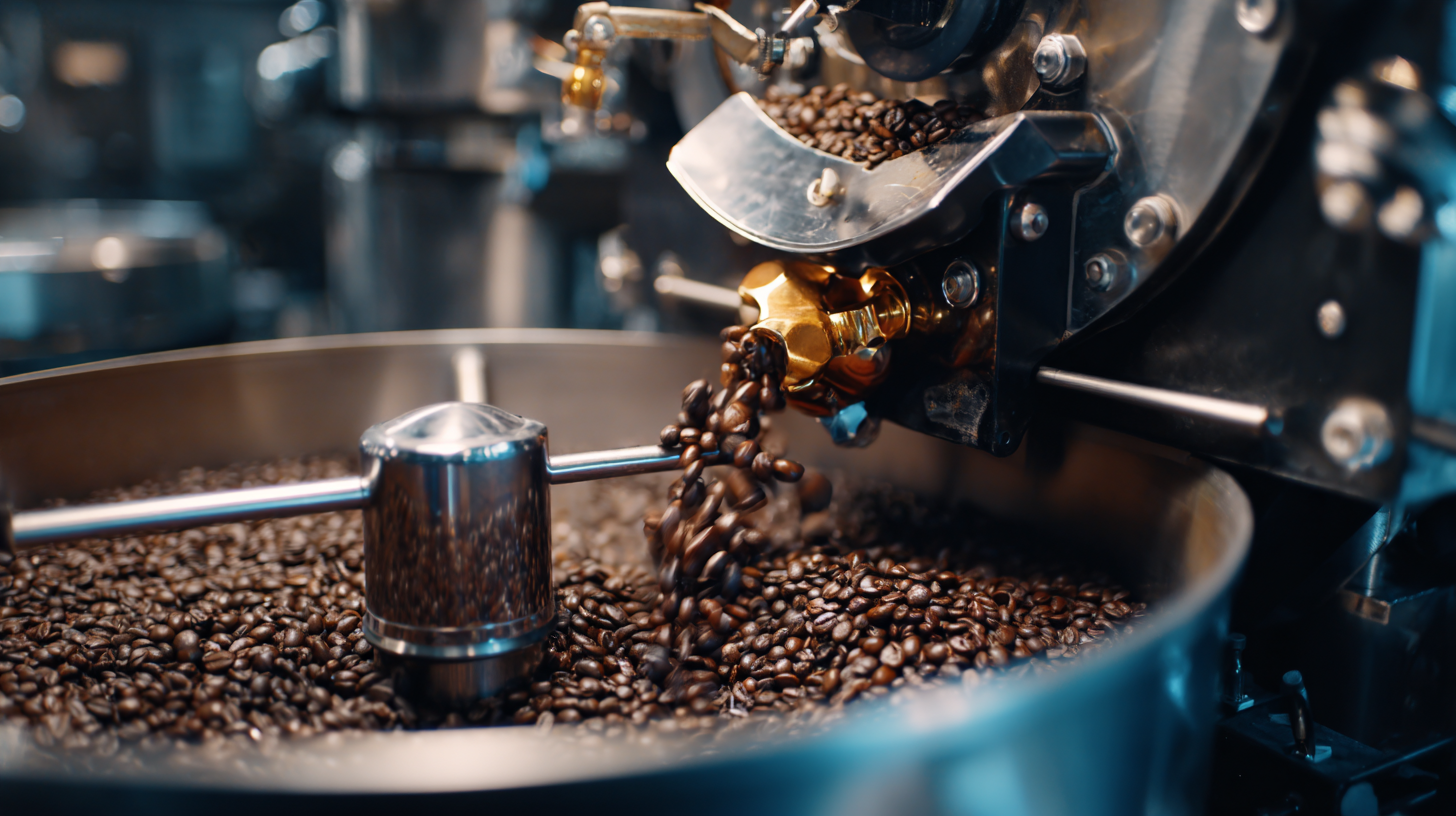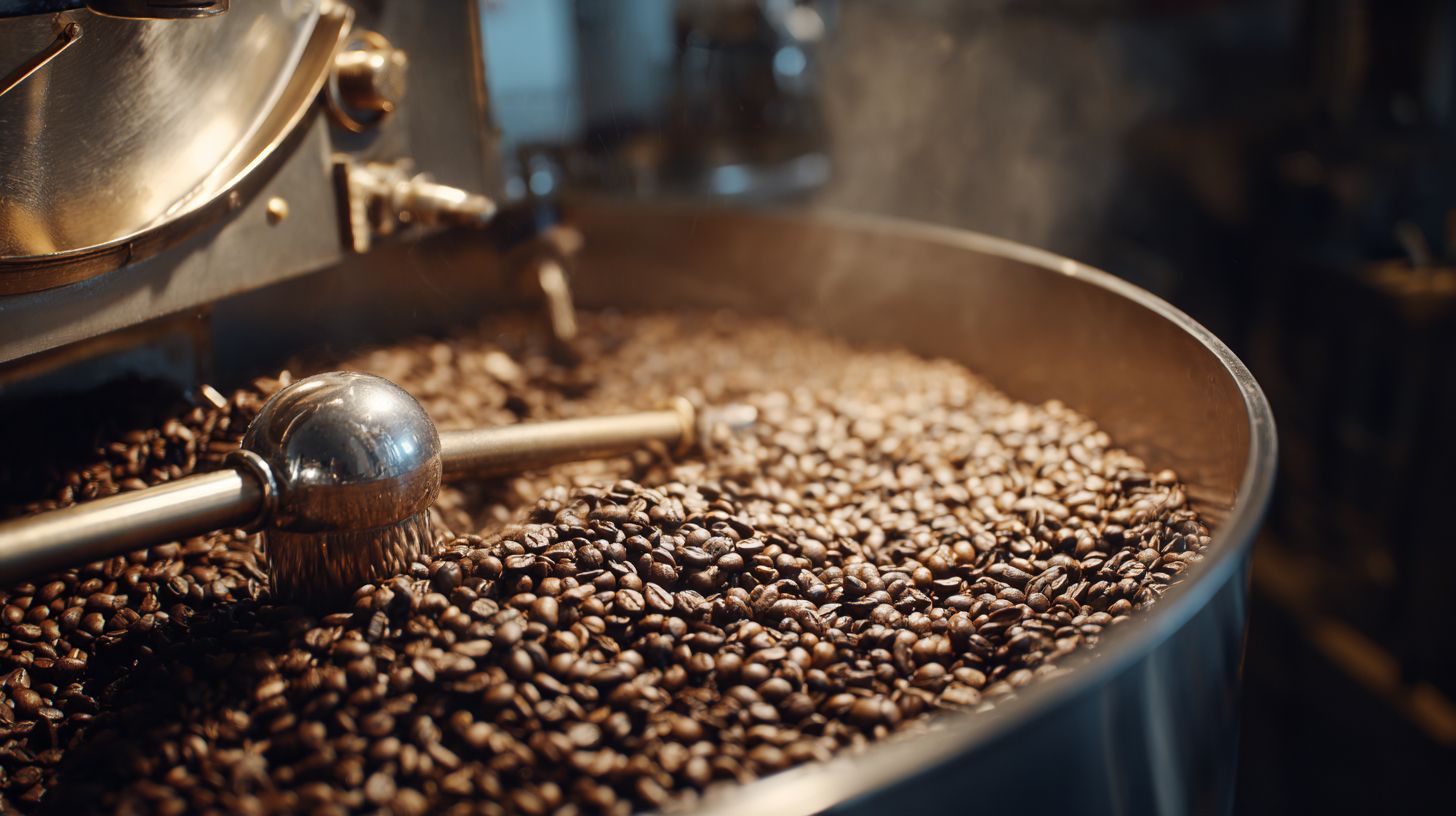Unlocking the Advantages of Best Commercial Coffee Roasting Machines for Global Buyers
The global coffee market continues to thrive, with the commercial coffee roasting machine industry poised for significant growth in the coming years. According to a report by Market Research Future, the global coffee machine market is expected to reach a valuation of USD 8.75 billion by 2025, driven by rising consumer demand for high-quality coffee. As specialty coffee trends gain momentum, the need for advanced and efficient commercial coffee roasting machines becomes increasingly crucial for businesses aiming to meet consumer expectations. These machines not only enhance the roasting process but also improve flavor consistency and operational efficiency, making them an essential investment for coffee retailers and roasters worldwide. Unlocking the advantages of these machines is vital for global buyers looking to capitalize on the expanding coffee culture and maximize their competitive edge in the marketplace.

Understanding the Importance of Quality Coffee Roasting Equipment for Businesses
In the competitive world of coffee, the importance of quality roasting equipment cannot be overstated. For businesses aiming to deliver exceptional coffee products, investing in the best commercial coffee roasting machines is paramount. These machines not only enhance the flavor profiles of the beans but also ensure consistency in every batch. A top-notch roasting machine allows for precise control over temperature and time, enabling roasters to unlock the unique characteristics inherent in different coffee varieties.
Moreover, the right roasting equipment can significantly impact operational efficiency. Modern commercial roasters come equipped with advanced technology that streamlines the roasting process, reducing the time and labor needed to produce high-quality coffee. This efficiency translates into better productivity and profitability for coffee businesses. As global buyers search for reliable partners in the coffee industry, those utilizing superior roasting machines will stand out, offering products that meet the increasingly discerning tastes of consumers while maintaining a strong competitive edge in the market.
Key Features to Look for in Commercial Coffee Roasting Machines
When selecting the best commercial coffee roasting machine, several key features should be prioritized to enhance efficiency and consistency in coffee production. With the rapid growth of coffee consumption in markets like China, the demand for high-quality coffee roasting equipment has soared. A reliable commercial roasting machine not only ensures the consistency of each roast but also accommodates the increasing consumer expectations for quality and flavor.
One of the paramount factors to consider is precision control over the roasting process. Look for machines that offer advanced temperature monitoring and profiling capabilities. This allows roasters to replicate successful batches consistently, which is particularly crucial in a competitive landscape where even small variations can affect customer satisfaction.
Additionally, think about the machine's capacity and automation features. As labor costs rise, incorporating automation can significantly enhance operational efficiency, reducing the workload on staff while maintaining high-quality output. Ultimately, investing in a commercial coffee roasting machine with the right features can empower coffee businesses to meet the challenges of a rapidly evolving industry.
**Tips:**
1. Evaluate machines with programmable settings for different coffee bean types; this helps in achieving the desired flavor profiles more effortlessly.
2. Consider the machine's ease of cleaning and maintenance, as this can save time and resources in the long run.
Unlocking the Advantages of Best Commercial Coffee Roasting Machines for Global Buyers - Key Features to Look for in Commercial Coffee Roasting Machines
| Feature | Description | Importance | Typical Range |
|---|---|---|---|
| Roasting Capacity | Amount of coffee beans that can be roasted in a single batch. | Determines production scale and efficiency. | 1kg - 15kg |
| Temperature Control | Ability to adjust and monitor roasting temperatures accurately. | Essential for achieving desired flavor profiles. | 200°C - 250°C |
| Energy Consumption | Amount of energy used during the roasting process. | Impacts operating costs and sustainability. | 1kW - 10kW |
| Construction Material | Materials used in the machine's construction (e.g., stainless steel). | Affects durability and maintenance requirements. | Stainless Steel, Cast Iron |
| Control System | Type of controls (manual, digital, or automated) for the roasting process. | Influences user experience and precision. | Manual, Semi-Automatic, Automatic |
| Cooling System | Method used to cool coffee beans after roasting. | Stabilizes flavor and preserves quality. | Air-cooled, Water-cooled |
Comparing Popular Brands: What Sets Them Apart in the Market
When it comes to commercial coffee roasting machines, global buyers face a vast array of options, each promising distinct advantages. Understanding what sets these brands apart is not just a matter of marketing; it's essential for making informed purchasing decisions. Key factors such as roasting capacity, energy efficiency, and technology integration play crucial roles in determining which machines stand out in the competitive market.
Pricing models also vary significantly between brands, with some offering premium features at a higher cost while others focus on providing value without compromising on quality. International buyers should consider not only the upfront investment but also the long-term operational costs associated with maintenance and energy consumption. Furthermore, brands that emphasize sustainability and eco-friendly practices are increasingly appealing to a market that prioritizes ethical sourcing and environmental responsibility.
As the luxury coffee market is projected to grow significantly, selecting the right roasting machine can position businesses to capitalize on this trend. The distinctive qualities and operational efficiencies of top brands will ultimately influence global buyers' choices in equipping their ventures for success in a thriving industry.
Comparison of Coffee Roasting Machines by Key Features
Maximizing Efficiency: Tips for Optimal Use of Coffee Roasting Machines
The coffee roasting industry has seen significant advancements, making the optimal use of commercial coffee roasting machines crucial for efficiency. According to a report by the Specialty Coffee Association, the global coffee roasting market is projected to reach $60 billion by 2025, highlighting the importance of maximizing machine performance in a competitive landscape. Implementing practices such as regular maintenance and calibration of roasting profiles can enhance the consistency and flavor quality of roasts, catering to diverse consumer preferences.
Moreover, leveraging technology, such as real-time data monitoring and analysis, can lead to improved decision-making during the roasting process. A study from the National Coffee Association indicates that 70% of consumers prefer artisan-roasted coffee, thus encouraging roasters to refine their techniques for unique flavor profiles. By utilizing advanced roasting machines equipped with energy-efficient features and automation, businesses can not only cut down on costs but also increase production capacity—vital for meeting the rising demand in the coffee market.

Investment Insights: Cost vs. Value in Coffee Roasting Equipment for Buyers
The coffee roasting equipment market is witnessing a significant expansion, driven by the growing demand for high-quality coffee. As highlighted by recent market research, the U.S. coffee market size is projected to exceed USD 150.88 billion, with the ready-to-drink (RTD) coffee segment alone expected to reach USD 43.8 billion by 2028. This shift not only reflects changing consumer preferences but also emphasizes the importance of investing in commercial coffee roasting machines that deliver superior quality and flavor.

For buyers navigating the cost vs. value landscape, understanding the financial outlay of coffee roasting equipment becomes crucial. While initial investments in advanced roasting technology may seem steep, the long-term benefits—such as enhanced flavor profiles, consistent product quality, and increased production efficiency—can far outweigh these costs. Furthermore, the rise of instant coffee and mixes presents both challenges and opportunities for roasters; those equipped with high-quality machines can differentiate their offerings and appeal to discerning consumers seeking premium options. Investing wisely in roasting equipment is key to capturing market share in a competitive environment.


